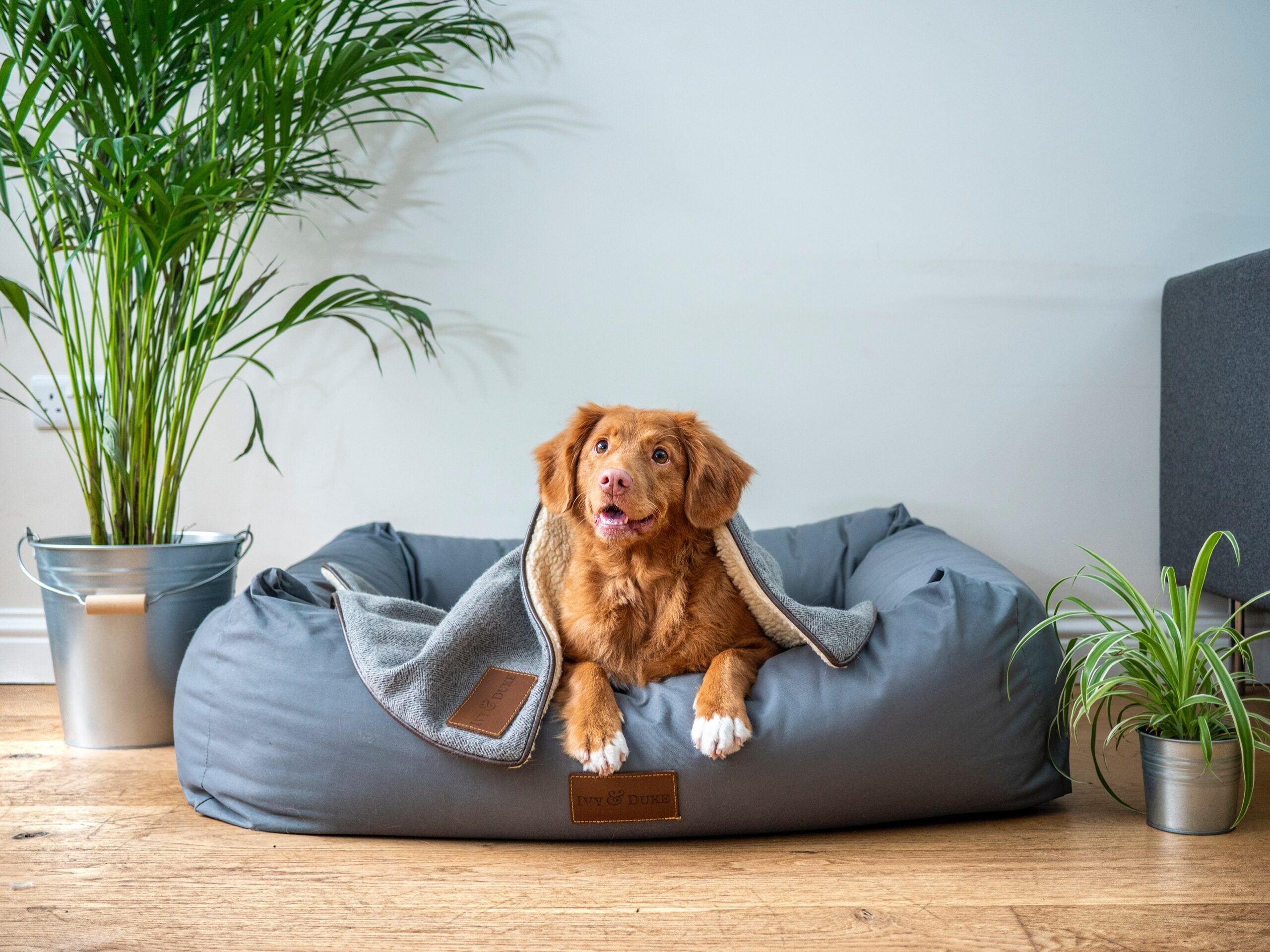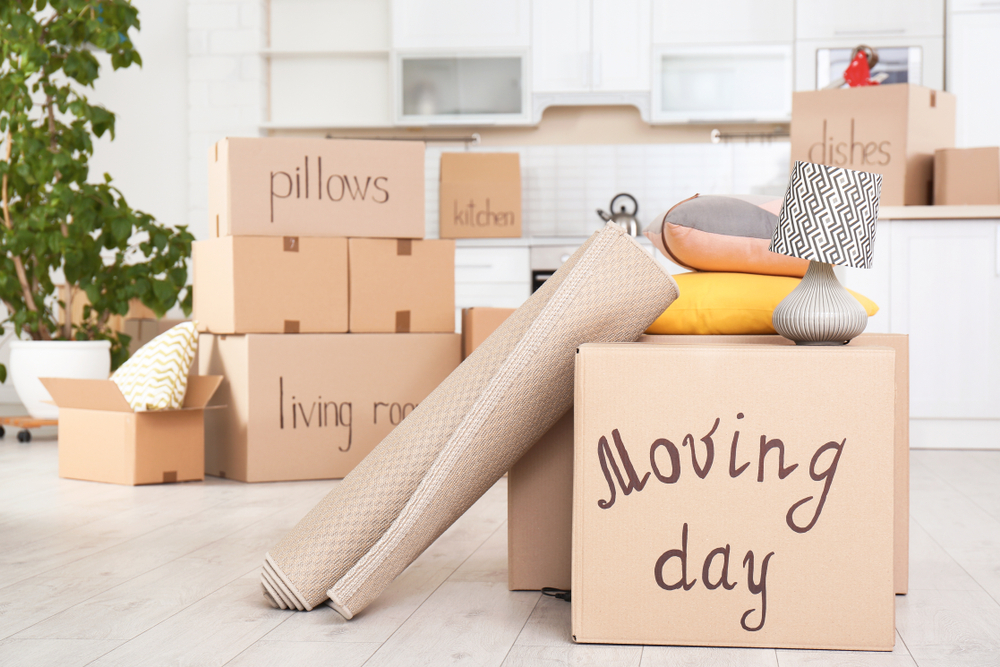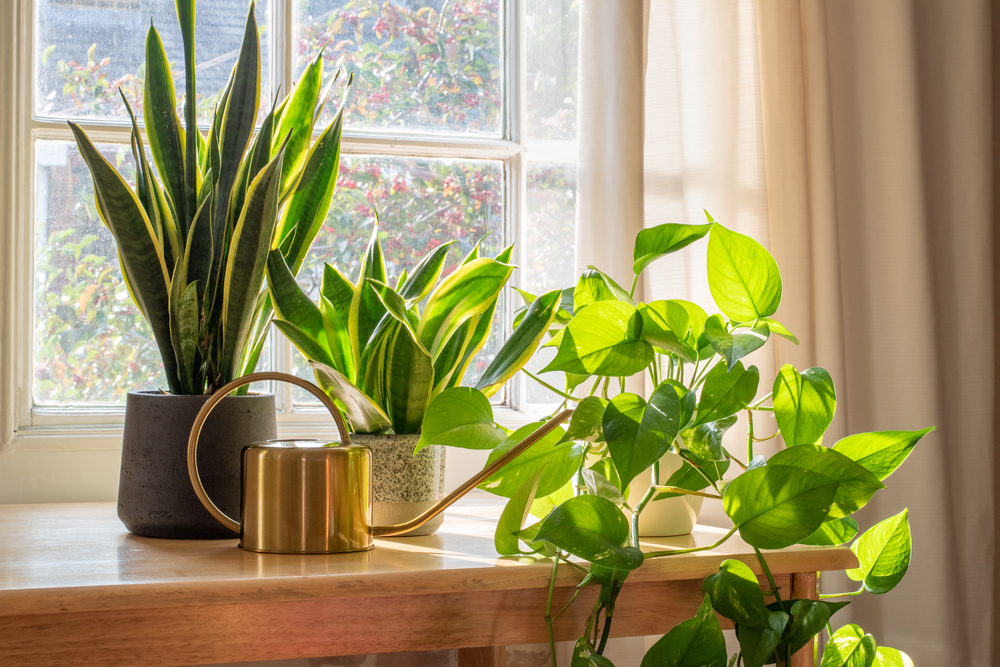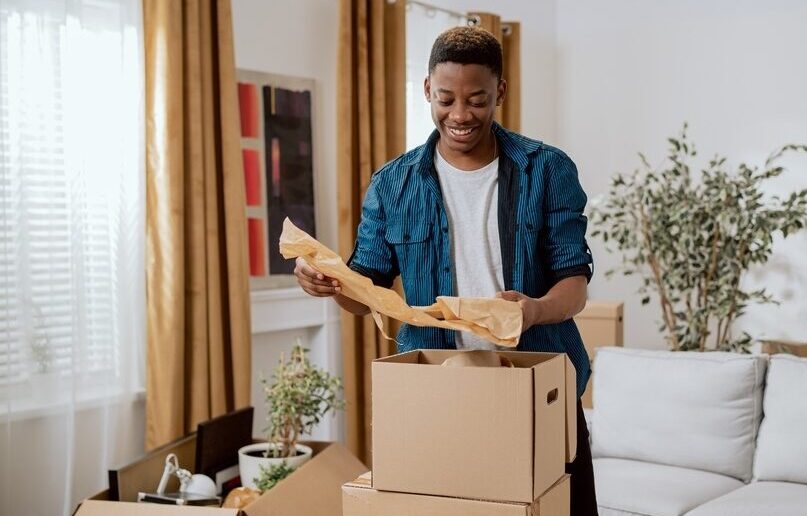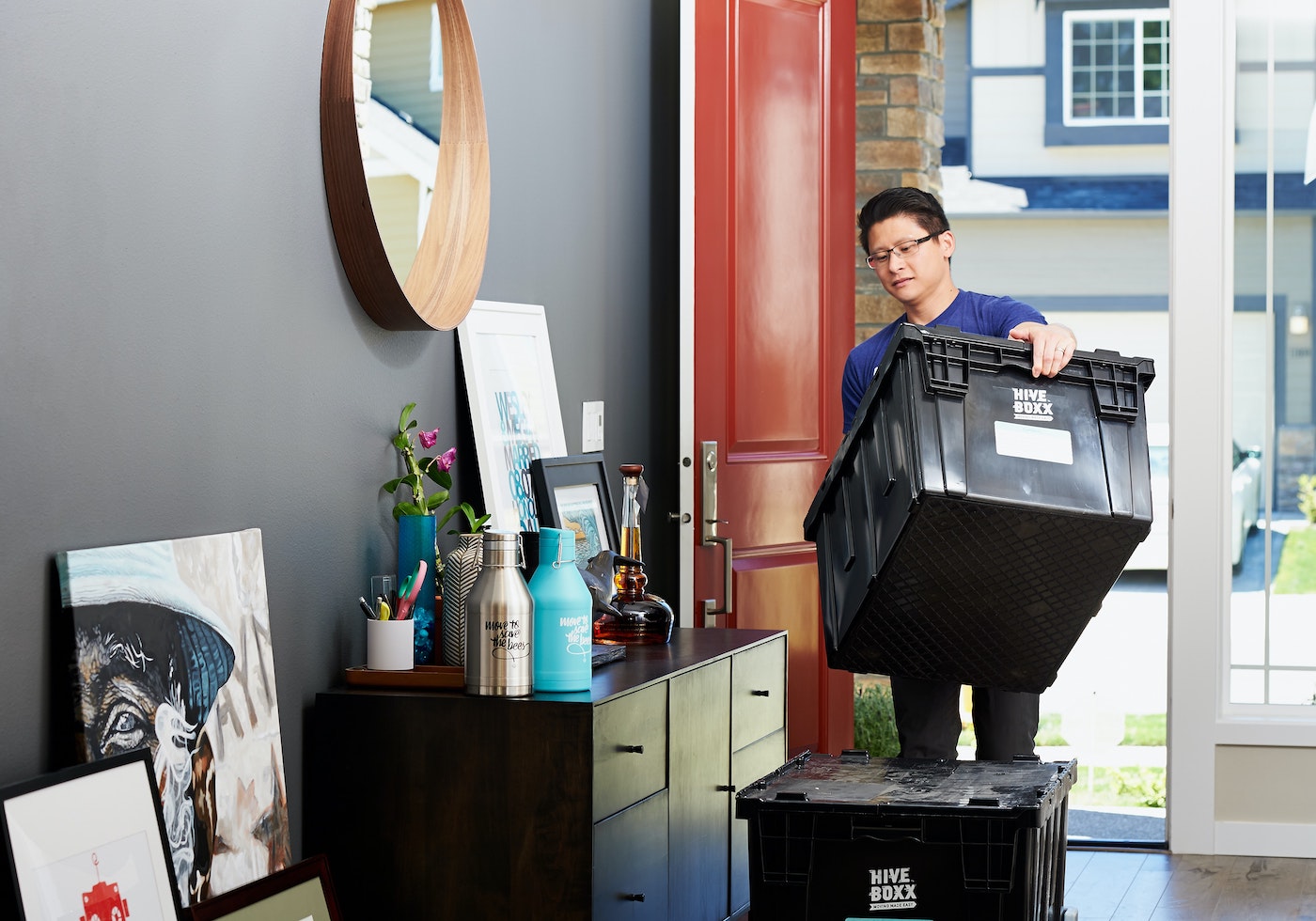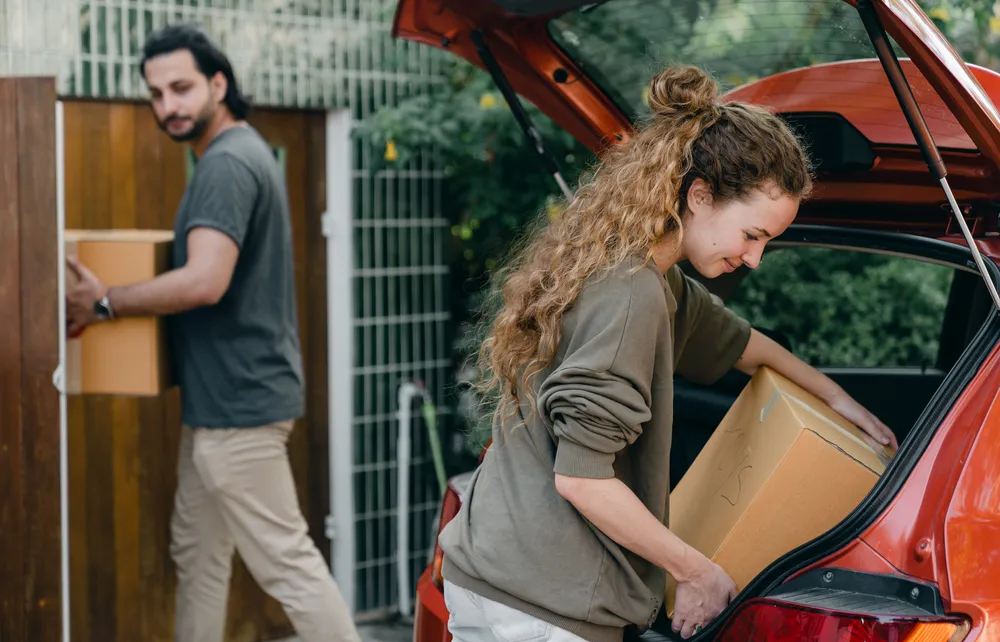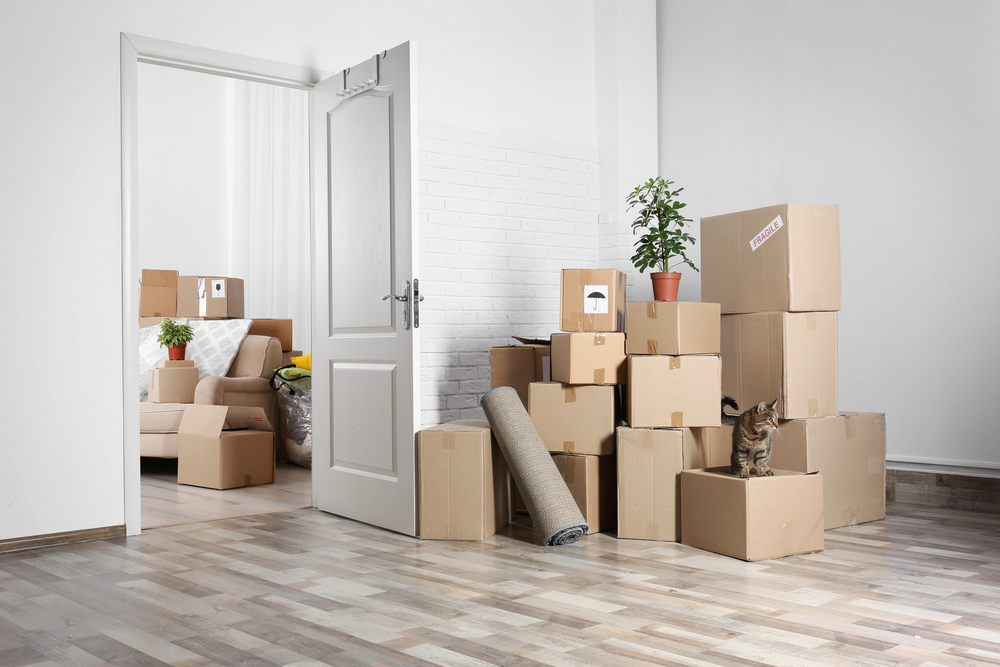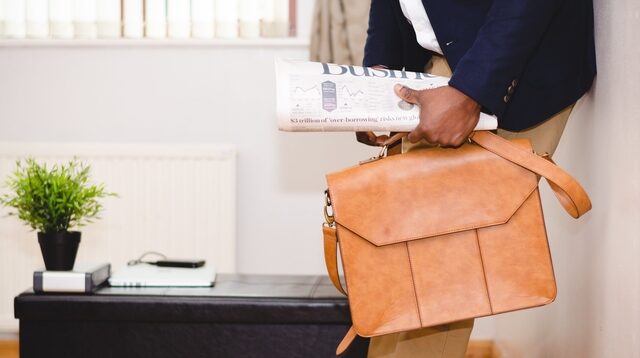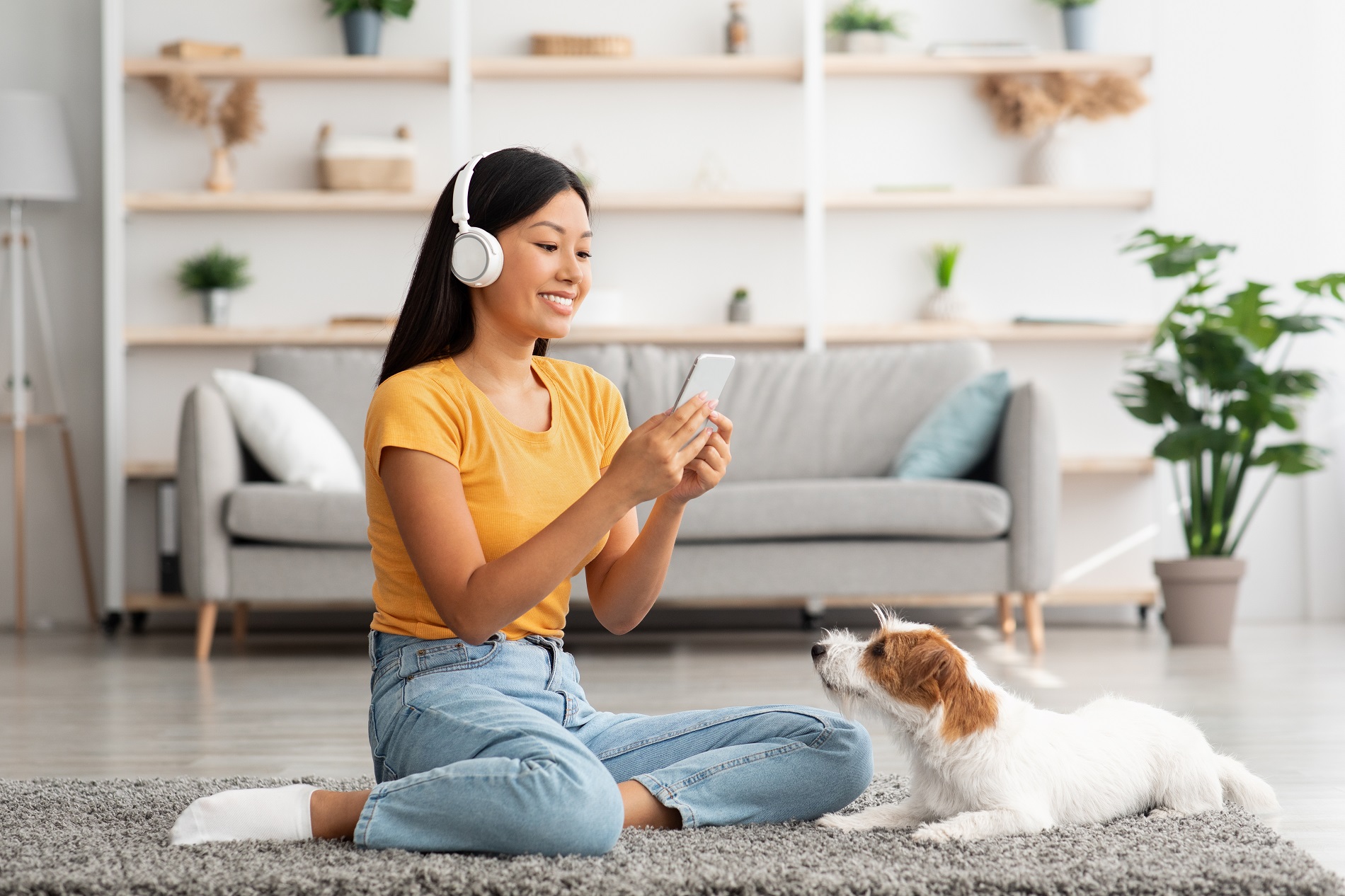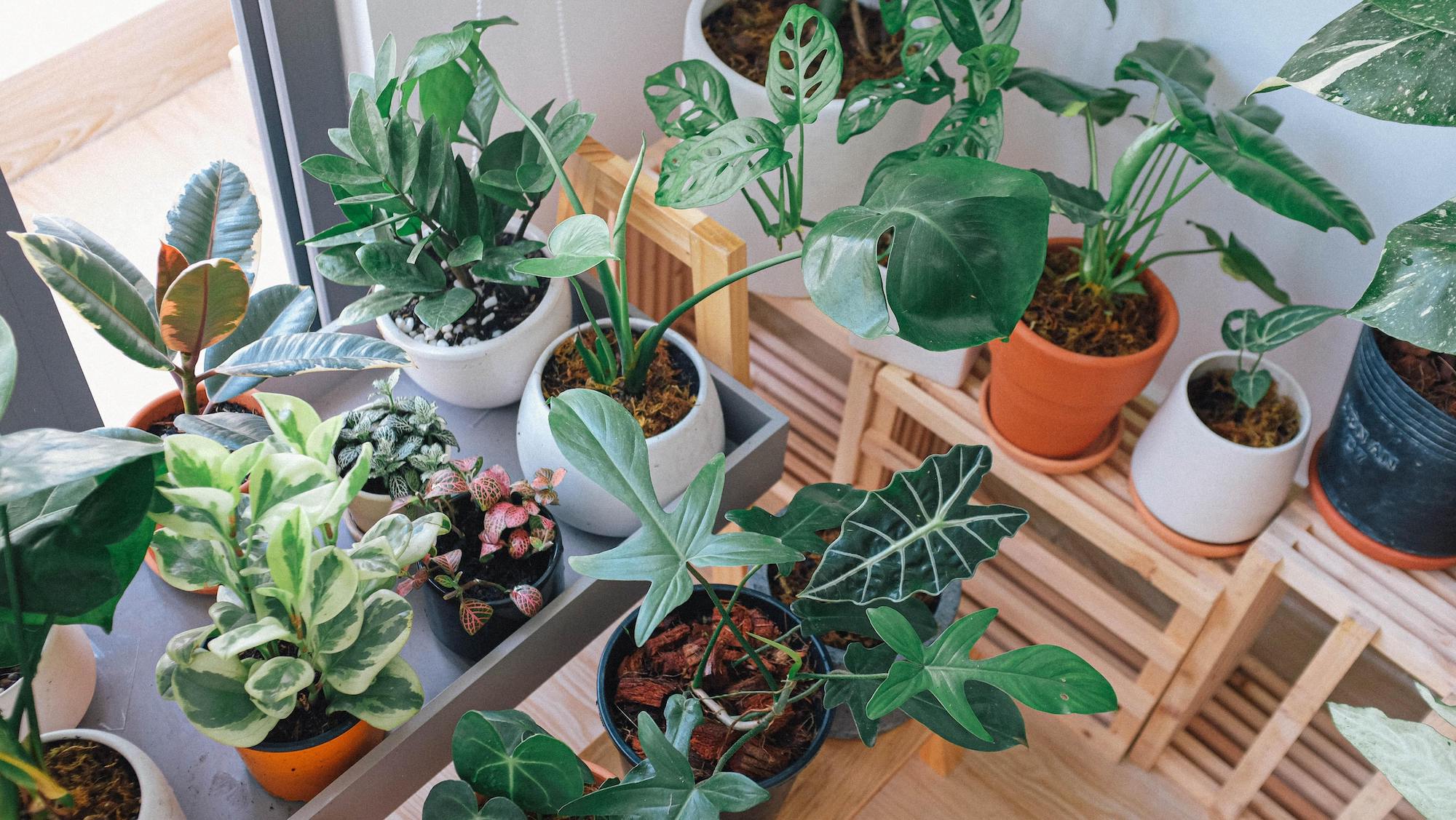
Moving Plants Tips: How to Keep Your Plants Alive When Moving Somewhere New
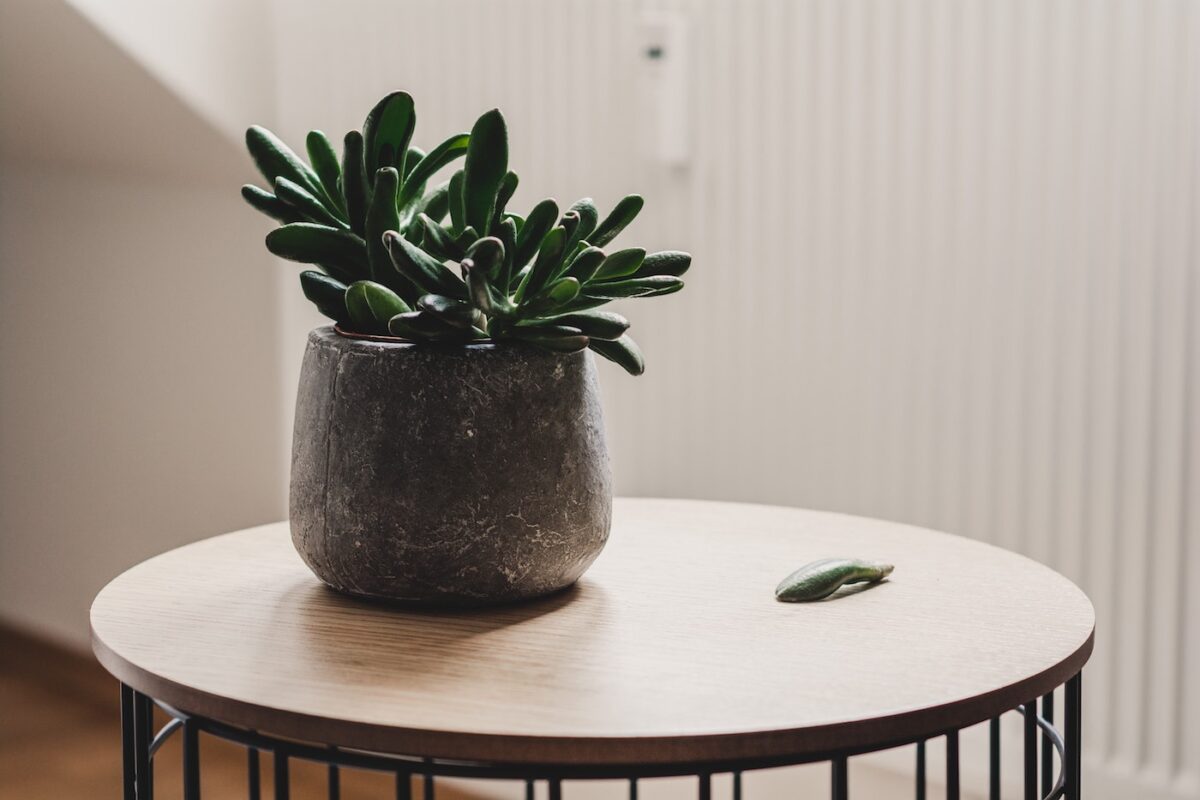
Moving to a new apartment can be exciting, but the nitty-gritty details like packing, physically moving, forwarding mail, changing your address, and finding new homes for each of your belongings can quickly become daunting. You’re presented with an even greater challenge if you’re planning on moving with children, pets, or even plants.
Naturally, if you have flourished your space with indoor houseplants, you’ll want to take them with you to your new apartment. Fortunately, plants are super portable with the right tools and resources. While each houseplant will require specific moving conditions, there are a number of basic guidelines that, if followed, will help transport your plant babies safely to their new home:
How to pack your houseplants

1. Keep your plants hydrated
Depending on the length and mode of transportation of your journey, your plants’ needs will vary. One good rule of thumb is to make sure your plants are well watered a few days before you plan to leave. Whether your new home is close by or across the country, watering your plants en route may not be at the top of your priority list or even feasible, so ensuring they are well hydrated before you leave is paramount to their survival.
If you do have a longer journey and your plants will be easily accessible, it might not be a bad idea to have a water jug nearby to top them off once or twice along the way, especially if the weather is hot.
2. Wrap up your plants
Your need to wrap your plants will ultimately depend on their size and the moving vessel you choose, but ultimately, it will protect the integrity of the soil and base of the plant no matter what you choose.
For smaller plants, using plastic wrap around the base and over the soil will keep it secure and prevent dirt from escaping the pot and dirtying anything nearby. For larger plants, like decorative trees, you may want to gently wrap them with newspaper or strong paper towels after covering the base in plastic wrap. The newspaper will help protect the leaves and branches while en route.
3. Choose the right moving vessels
Most people tend to use cardboard boxes when moving, and these will work perfectly well for your small to medium plants. Just be sure your pots do not have wet or moist bottoms or they may soak the bottom of the box, leading to a messy break and the potential loss of plant life.
Lining the bottom of your box with aluminum foil, newspapers, plastic bags, or additional cardboard can help contain any excess moisture, especially from terracotta pots. Ceramic pots and plastic pots will not pass moisture through their surface as easily.
An alternative to a cardboard box would be a milk crate or large plastic container, found at Target or Walmart. The benefit to these vessels is that they are typically transparent or translucent, allowing you to monitor progress without unpacking your plants while en route. They also have more secure tops, shielding your plants from any objects that may fall during transport
4. Securing your plants
Pack similar plants together in each box. This will help them create a natural mini ecosystem while in transport in addition to ensuring your plants’ safety. For example, vining plants naturally live together anyway and can survive their leaves becoming slightly tangled. However, do be sure that pointy, spiky, or sharp plants are packed with either similar ones or alone, as they could tear apart leafy, fragile greenery.
Once your plants are tucked inside a moving vessel, be sure to secure them so they do not become loose and tip over or damage any nearby ones. Rolled-up newspapers, packing pillows, or bubble wrap all make for great yet gentle cushions to surround your plants inside the boxes. For large plants that do not fit in boxes, consider tucking the pot in a secure space in your car or truck. Tying it off with twine or rope to prevent it from moving will also help it survive the journey.
5. Labeling your plants
Before you or your movers pack your plants away, be sure to label the boxes. You’ll want to make note of a few things:
- Label the plants that are in each box. Some plants can tolerate dark conditions for a longer period of time, and won’t need to be prioritized when you arrive at your new space. For plants that require bright light, like succulents, it will be important to find their box and display them near the windows, even if it’s a temporary home before their final resting spot.
- Label the boxes as fragile. Your plants are living creatures and need to be treated with care.
- Label which end of your box is the “top.” This will ensure the plant is kept upright while in transit. Turning a box of plants over will likely end in a dirty disaster of plant casualties.
Tips for transporting houseplants by car
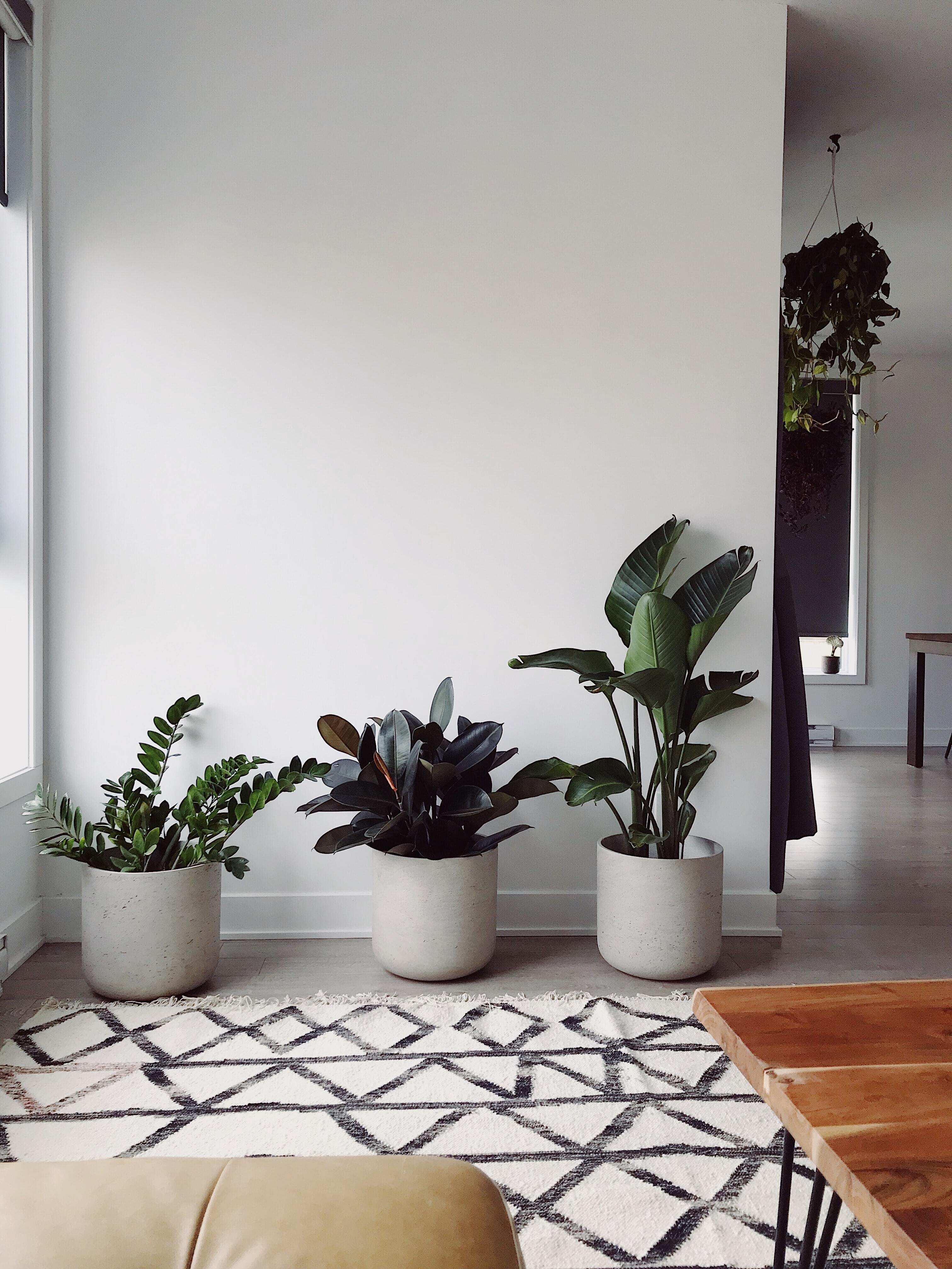
If you are braving the big move to your new home in a car, you’ll have quite a bit more control over the environment than you would if you were transporting your plants in a truck. In this case, try not to stack boxes of plants on top of one another, as you’re likely to damage the leaves of the plants in the lower box. Ideally, boxes should be packed in a single layer, and if you must pack something over them, be sure that it is light and won’t cause any harm to your plants. Buckle up! Secure the boxes as well so that any quick slowdowns in traffic don’t knock the box off of a seat.
Something else to keep in mind is temperature. If you happen to be moving during a particularly hot or cold time of year, you’ll not want to leave your plants unattended in the car without heat or air conditioning for long periods of time. A chill or high heat can irreparably damage sensitive plants and possibly even hardier ones.
A good rule of thumb would be to keep the temperature higher than 45°F and under 95° F. Should you have the option to do so, try to leave the tops of the boxes open so that natural sunlight can reach your plants through a car window. It will likely be indirect light, but if you plan to stop for a long period of time, do be sure that direct light isn’t shining on low-light-loving plants. Open box tops also make it easier to water your plants if you have a longer journey.
Tips for transporting houseplants by truck
As most moving companies will refuse to take live plants such as flowers, potted plants, or garden plants since it is illegal to transport these items long distances and usually across state lines, it will likely be you who has rented the truck for your personal use. In this case, it’s a good idea to select a temperature-controlled truck if that’s a possibility, especially during the hot and cold months. The back of a moving truck acts as a giant insulator of extreme temperature conditions and can fry or freeze your plants in a matter of minutes. If you are transporting your plants during a cold month and you are unable to secure a climate-controlled vehicle, you may actually want to avoid watering your plants right before you leave, as the wet roots are more likely to freeze. Dryer soil will act as a natural insulator, protecting the base of the plant.
If you’ve hired movers to pack and haul your belongings, definitely point out the fragile boxes at the start so they know which to prioritize. Believe it or not, movers are quite good at their jobs and will have a pretty good idea of where to put your breakables to preserve them.
If it’s just you and your crew that you’ve bribed with pizza and libations, take extra care to place the plant boxes in secure, stable places within the truck. Avoid stacking heavy, bulky items on top of these boxes and try to pack them closest to the door so you’re able to remove them easily when you arrive and get those green babies back in the sun as soon as possible.
Tips for introducing houseplants to a new space
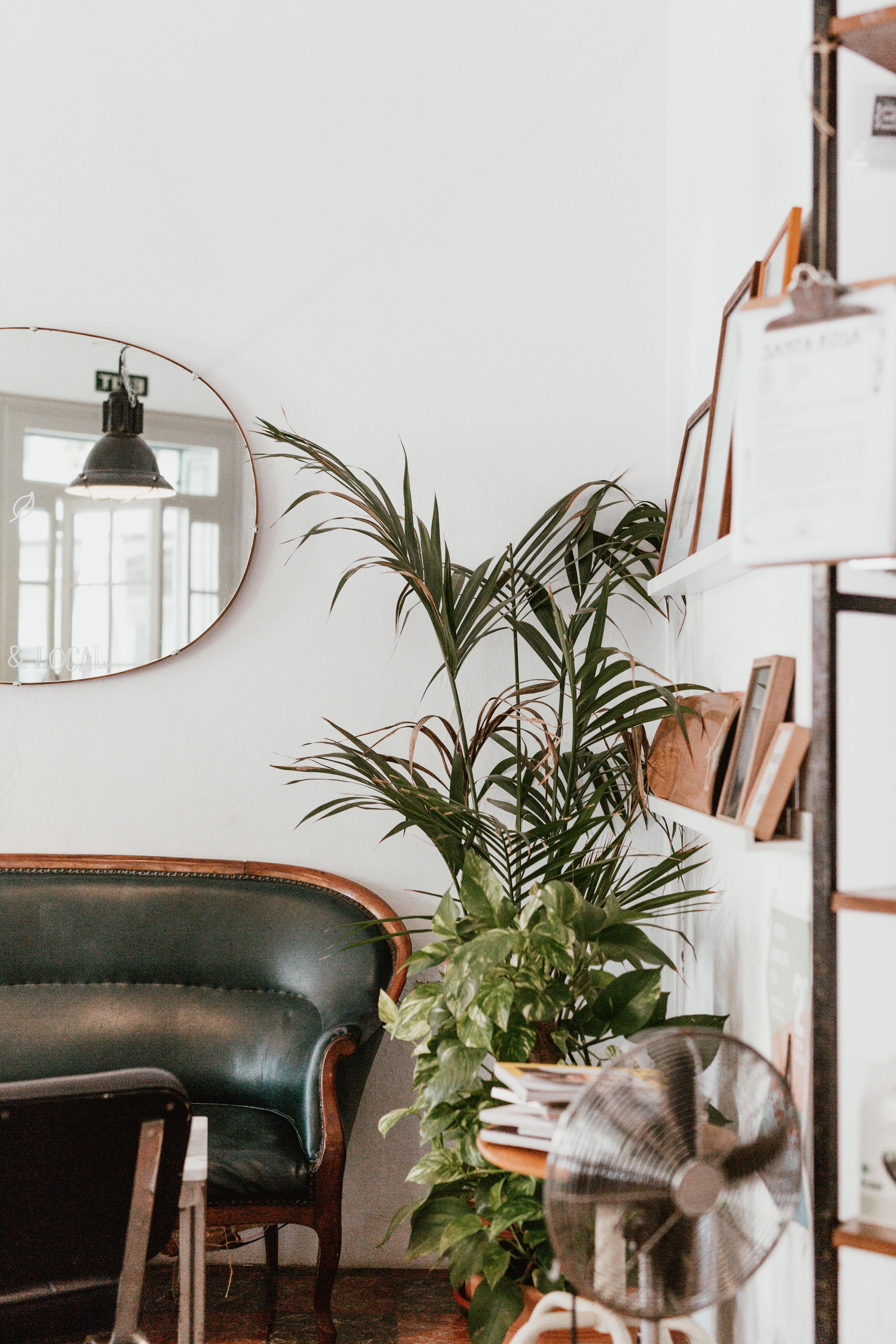
Hopefully you and your babies—fur, child, and plant alike—have arrived unscathed to your new home. While you likely have an entire apartment to unload from your cars or trucks, the labeling system of your plant boxes will certainly help you prioritize which ones to pop open and place near a window straight away. That being said, there are a number of things you can do to help your houseplants transition well to their new environment.
1. Find your sunlight
Be sure to open the boxes with plants as soon as possible and find temporary, if not permanent, homes for your plants near the proper windows. Do be sure to check the direction that each window faces so that your plants will thrive. If possible, try to place each plant in a window that faces the same direction as the one it came from in order to allay any irritation from moving.
Check pots for damage while you find new homes for your green babies and prepare to re-pot any that did not survive the move. Pay attention to the temperature in your new home as well, as even minor fluctuations in heat can affect your houseplants. Double-check that your plants are not near any heating or air-conditioned vents to avoid any withering from overexposure.
2. Water your plants ASAP
If it’s been a while since your plants have received some water, be sure to meet their individual watering needs. Additionally, you can help plants overcome the shock of moving by fertilizing them upon your arrival. The extra nutrients will aid any stress the plants have confronted in the big move.
3. Assess your foliage
Over the next few weeks, you may notice that your plants will take some time to adjust to their new surroundings. Prune any yellow, brown, or dead leaves and remove any damaged branches, flowers, or stems. By eliminating dead and damaged plant material, you allow it to redirect its energy toward growing new, healthy leaves and flowers. Be wary of insects or pests that may have taken up home in your plants since the move and quarantine any infested plants away from other ones to contain any infections. Last, if any soil was lost in the move, be sure to replace it with the particular soil suited for that plant.
4. Be patient!
It will take time for your household plants to adjust to their home, just like you. Give them extra love and repot or replant if necessary. In the event of any casualties, use it as an opportunity to check out the new closest botanical store and introduce a new green baby or two to your menagerie.
If you’re in the market for your next apartment but don’t have your next space locked down yet, Landing’s apartments are fully furnished and are just waiting for all of your plant babies to be complete! Landing offers apartment stays in over 375 cities across the U.S., along with flexible leases that make it easy to move on your terms. Visit their website to browse apartments, schedule your next reservation, and keep your indoor garden going!

